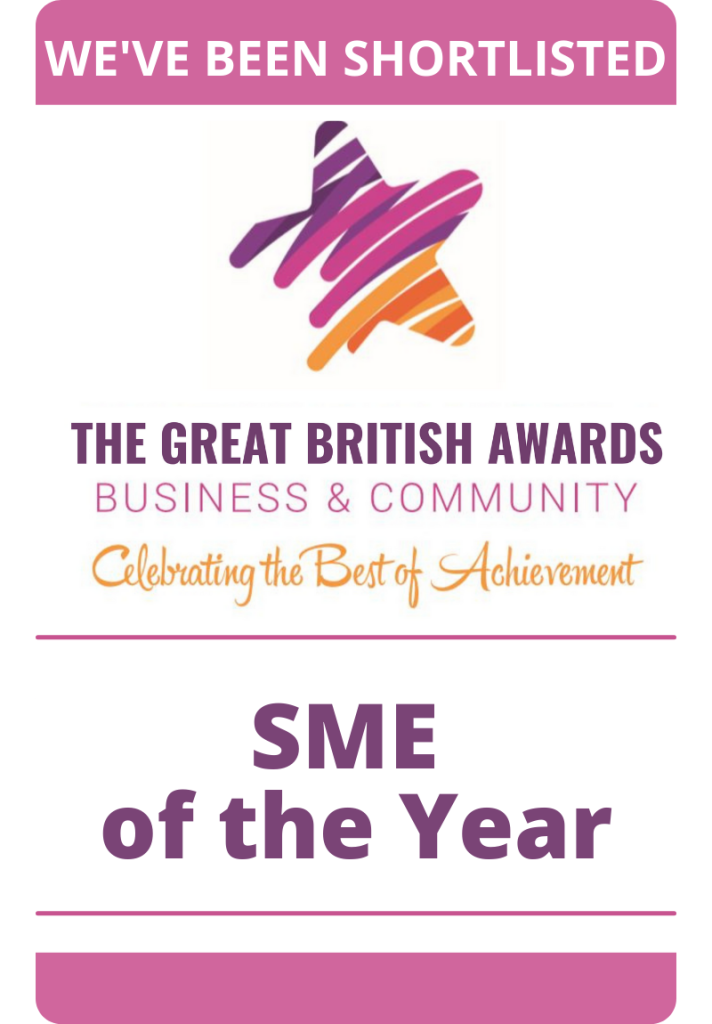Our working days feature peaks and troughs in productivity. It’s only human. But if you want to revolutionise the way you work and the outcomes you achieve, it’s not difficult. Just make a point of noticing how your energy levels and focus evolve throughout the day and plan your tasks and breaks accordingly.
MarthaStewart.com has got some great tips on the subject, as summarised below.
First up, you need to figure out your most productive times of the day. Everyone is different. Some of us are early birds while others are night owls. Either way, try to schedule more complex or demanding tasks for when you’re at your most focused, giving them your full attention for a two-hour time block. Schedule your low-priority, repetitive or easier tasks for when you’re at a low ebb in the afternoon.
As a general rule, most people are at their most productive in the morning. So your ideal schedule is likely to look like this:
– 9 am to 11 am – progress your most demanding, important projects.
– 11 am to 1 pm – move on to equally demanding but low-impact (or non-urgent) tasks. e.g., meetings with your direct reports.
– 2 pm to 4 pm – the afternoon slump for most of us, this period is best dedicated to easier, less important/urgent tasks. It’s the best time to address repetitive, routine tasks and respond to your emails.
– 4 pm to 6 pm – Tasks that don’t require a lot of heavy thinking but relate to important planning, maintenance and preparation should take place at this time. This is when you put in the legwork to set yourself up for a successful day the following day.
Of course, planning a schedule that’s in sync with your daily energy patterns is just part of the equation. You also need to consider other factors, such as your mental and physical well-being. If you don’t take care of yourself properly – think about proper sleep and nutrition, regular exercise and quality time with your friends and family – you won’t have the energy to stick to all your to-do lists and schedules.
Do you have any productivity tips that you’d like to share with us? Are there any other topics that you’d like us to explore in future newsletters? Please let us know if so. We are, as always, here to help!










